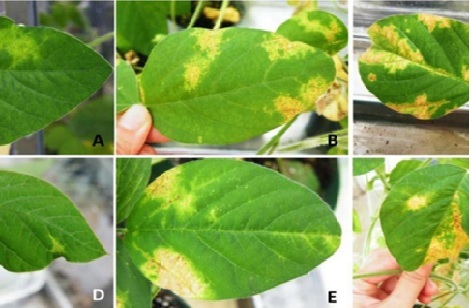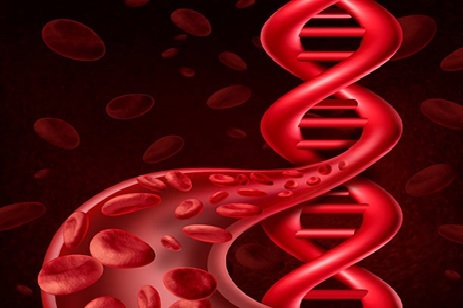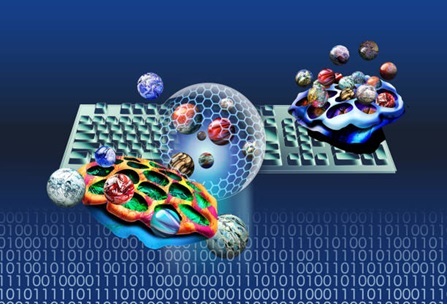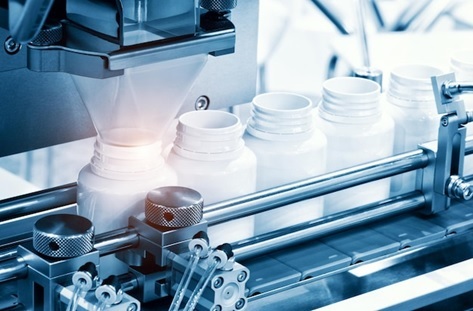Gene Therapy for Human Cells Might Be Delivered Via A Bacterial "Nanosyringe"
A new injection aims to advance gene therapy by directly inserting gene-editing enzymes into cells.
The nanosyringe is a bacterial protein called SdeA, which frames a needle-like design that can penetrate the films of cells and convey particles like DNA or RNA. The scientists tried the nanosyringe on human cells in a research center setting and observed that conveying hereditary material without making critical harm the cells was capable.[1]
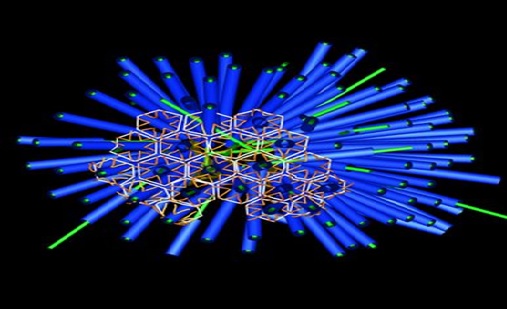
Figure 1. Gene Therapy for Human Cells Might Be Delivered Via A Bacterial "Nanosyringe"
Gene Therapy for Human Cells Might Be Delivered Via A Bacterial "Nanosyringe" is shown in figure 1. To most researchers, the bits of phage-like DNA found in some bacterial genomes are only viral DNA. But through a few serendipitous discoveries, scientists recently realized that what looked like remnants of phage genetic sequences actually encoded tiny, bacterial syringe-like structures with protein payloads sequestered inside. Unlike many other bacterial injection systems, nanosyringes are not bound to the bacterial cell membrane. Instead, bacteria release them into the environment to find and inject their protein cargos into eukaryotic target cells.
Now, scientists are co-opting these bacterial nanosyringes to express therapeutic proteins for human diseases, designing a combined drug and delivery mechanism. These engineered nanosyringes will allow for more efficient drug delivery of protein and peptide-based drugs directly into specific human cells.[2]
The use of bacterial "nanosyringes" to deliver gene therapy to human cells is an exciting area of research that could lead to new treatments for a range of diseases. Bacteria such as Pseudomonas aeruginosa and Shigella flexneri have been found to possess tiny needle-like structures called type III secretion systems (T3SS), which they use to inject toxins into host cells.
One potential advantage of using bacterial needles is their ability to deliver genes to specific types of cells or tissues.
For example, researchers have shown that T3SS from Pseudomonas can target immune cells called dendritic cells, which play a critical role in initiating an immune response. By delivering therapeutic genes specifically to dendritic cells, researchers may be able to stimulate or modulate the immune system in ways that could be useful for treating cancer, autoimmune diseases, or other conditions.
The use of bacterial "nanosyringes" as a delivery mechanism for gene therapy is a promising area of research that could potentially revolutionize the treatment of a wide range of diseases. By using bacterial needles to deliver therapeutic genes directly to human cells, researchers may be able to target specific types of cells or tissues and bypass the limitations and risks associated with other delivery methods.
However, more research is needed to fully understand the safety and effectiveness of this approach. There are concerns about potential risks, such as the possibility of bacterial infections or unintended immune responses, that need to be carefully considered and addressed. Despite these challenges, the potential benefits of using bacterial nanosyringes for gene therapy make it an exciting area of exploration that could lead to new and innovative treatments for patients in the future.
References:
- https://www.healthcarepackaging.com/quick-hits/article/22806619/bacterial-nanosyringe-shows-potential-for-gene-therapy-delivery
- https://www.drugdiscoverynews.com/bacterial-nanosyringes-are-drug-and-delivery-all-in-one-15451
Cite this article:
Gokula Nandhini K (2023), Gene Therapy for Human Cells Might Be Delivered Via A Bacterial "Nanosyringe", AnaTechMaz ,pp.163





